
views
- Downloading software from unreliable sources increases the risk of downloading malware or malicious coding.
- If you opt to get rid of the malware manually, make sure to remove suspicious login items, extensions, files, and apps, then reset your original browser settings.
- Use software like Malwarebytes to easily remove all the malware from your Mac or after you've removed UltraSearch Engine manually, just to make sure you got rid of everything.
Getting Rid of Malicious Profiles
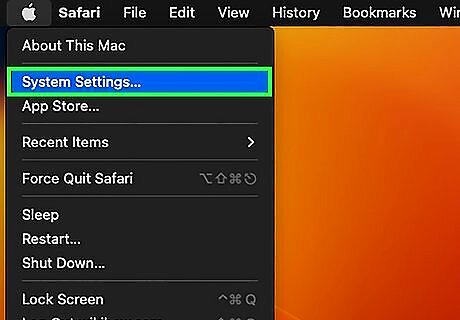
Open System Settings/System Preferences. Click the Apple logo in the Apple menu and select "System Settings/Preferences." If you're using the most recent version of macOS, this is called System Settings. If you're using macOS Monterey (12) and older, this is labeled System Preferences. Malicious profiles can prevent you, or other users, from changing your browser settings. You'll need to remove them so you'll have admin privileges to make changes you want.
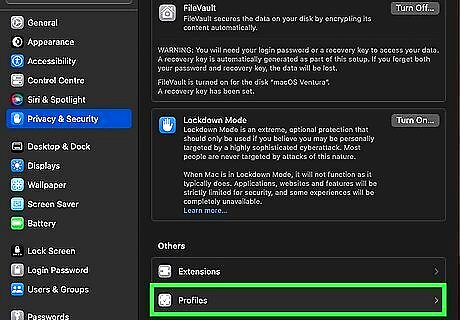
Click Profiles. This is next to a sunburst icon that has a check mark inside it. If you don't see this icon, your Mac doesn't have additional profiles, so you can skip this part. If you clicked Profiles, you'll see all the different profiles created on your Mac.

Click the suspicious profile and click -. If it's a name you don't recognize, it's more than likely something that was added to your computer by malware or adware. The minus button is located at the bottom of that panel next to the plus sign. Do this for all suspicious or unknown profiles.
Uninstalling UltraSearch Engine from Applications
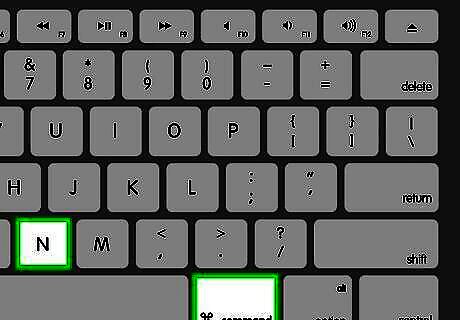
Open Finder. You can press Cmd + N to open a new Finder window if you're not in another program, or you can click the Finder icon in the Dock. You can automate this process by using an anti-malware program to remove the malware. If you use something like Malwarebytes, you'll only need to make the changes in your web browser since the program will delete all the malware for you.
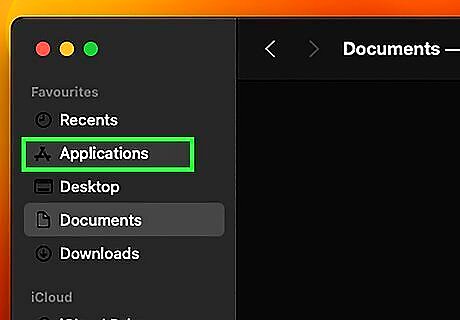
Navigate to Applications. When you open Finder, you can click Applications in the panel on the left or you can click Go in the menu at the top of your screen and select Applications.
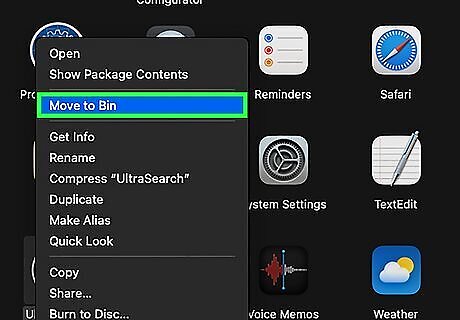
Delete the UltraSearch Engine application. To do this, drag it from the "Applications" window to the trash can icon. If you get an error that UltraSearch Engine is running, close it from the Apple menu or use Activity Manager. Repeat this for any app that you don't remember installing. UltraSearch Engine may have installed other adware that you don't want.

Empty the trash. To finalize your uninstall, right-click the Trash and select Empty Trash.
Deleting Suspicious Files
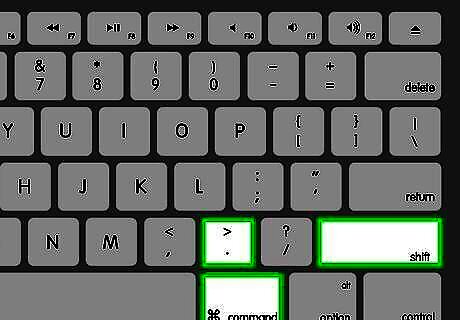
Show hidden files in Finder. Pressing ⌘ Cmd+⇧ Shift+. while you have Finder open will reveal any hidden files so you can delete them if necessary. You can press that combination again to hide the files. Once you've shown hidden files, relaunch Finder. Right-click the Finder icon in your Dock and select Relaunch.
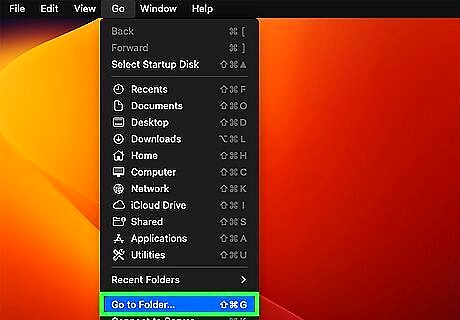
Click Go and select Go to Folder. The Go menu is in the menu bar at the top of your screen as long as you don't have any other apps open. If you have Finder open, you can use the keyboard shortcut Cmd + Shift + G to go to a new folder.

Enter "/Library/LaunchAgents" and click Go. This will bring you to the LaunchAgents folder.
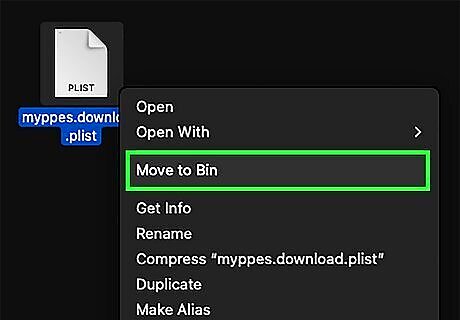
Delete any unfamiliar and suspicious files. Make sure that the files you trash are malicious since deleting important files could make your Mac run slower or not work. Common malware file names include but aren't limited to com.UltraSearch Engine mykotlerino.ltvbit.plist com.myppes.net-preferences.plist myppes.download.plist installmac.AppRemoval.plist com.AdditionalChannelSearchDaemon
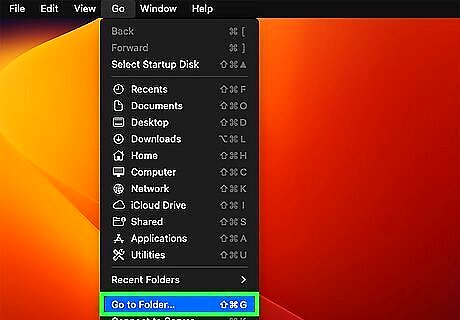
Click Go and select Go to Folder. The Go menu is in the menu bar at the top of your screen as long as you don't have any other apps open. If you have Finder open already, you can use the keyboard shortcut Cmd + Shift + G instead.
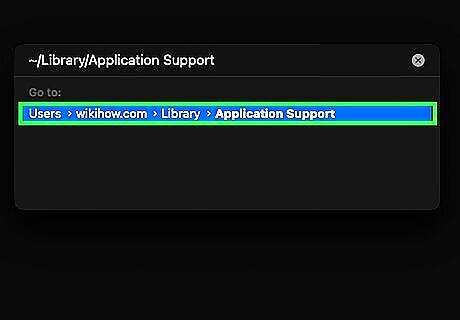
Enter "~/Library/Application Support" and click Go. You'll be directed to the "Application Support" folder.
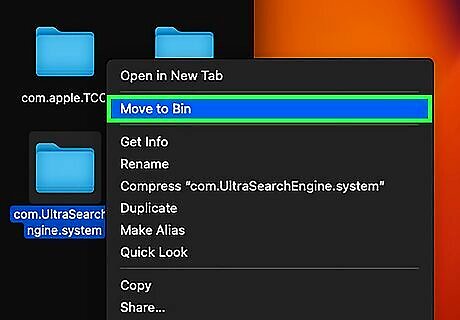
Delete any unfamiliar or suspicious folders. The best tip for this is to look for folders that were created recently (press Cmd + Opt + 4 to list the folders and files by date) and have names that aren't related to Apple products that you've installed. They can also have names similar to "com.UltraSearchEngine.system" or any of the previous files that you deleted. Drag and drop any malicious folders into the Trash to delete them.
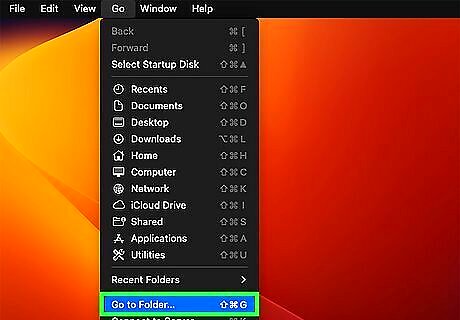
Click Go and select Go to Folder. The Go menu is in the menu bar at the top of your screen as long as you don't have any other apps open. If you have Finder open, you can use the keyboard shortcut Cmd + Shift + G instead.
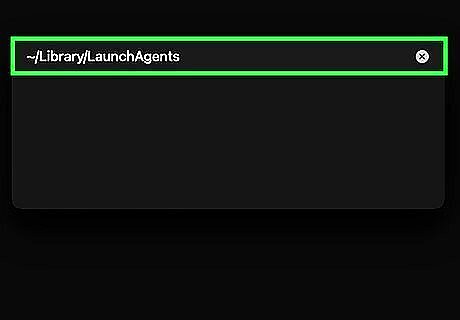
Enter "~/Library/LaunchAgents" and click Go. You'll be directed to the "LaunchAgents" folder in your local directory.

Delete unfamiliar or suspicious files. Again, these are files that will somehow relate to UltraSearch Engine malware or any of the files you deleted previously and don't seem relevant to any Apple products that you've installed on your Mac. Drag and drop any malicious files into the Trash to delete them. Make sure that the files you put here are malicious (a quick Google search will let you know if the folder is bad) since deleting important files could make your Mac run slower or not work at all.
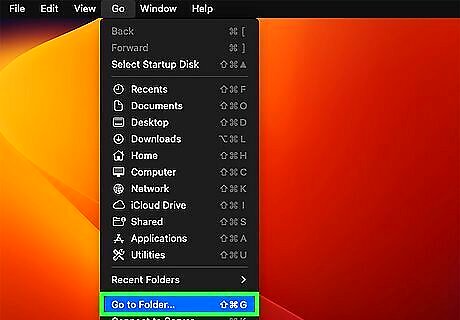
Click Go and select Go to Folder. The Go menu is in the menu bar at the top of your screen as long as you don't have any other apps open. If you have Finder open, you can use the keyboard shortcut Cmd + Shift + G instead.
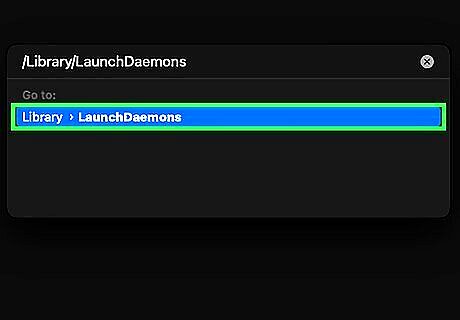
Enter "/Library/LaunchDaemons" and click Go. You'll be directed to the "LaunchDaemons" folder in your library.
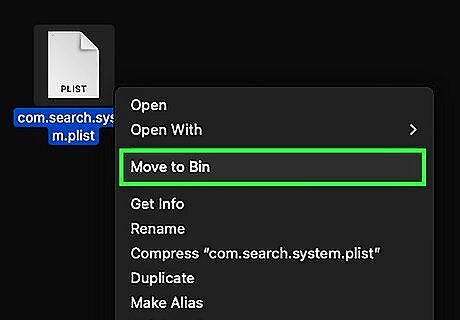
Delete any unfamiliar or suspicious files you find here. These are files that will somehow relate to the redirect virus and don't seem relevant to any Apple products that you've installed on your Mac. They can have names like, "com.machelper.system.plist," "com.search.system.plist," and "com.UltraSearchEngine.system.plist." Drag and drop any malicious files into the Trash to delete them. Some apps may require you to enter your Mac admin password to move it to the Trash. If you get a "You do not have permission to do that" error, then you probably need to use Activity Monitor to stop its process first before you can delete its files. Make sure to empty the Trash to permanently delete those files. To do this, right-click the Trash icon and select Empty Trash.
Deleting Suspicious Extensions
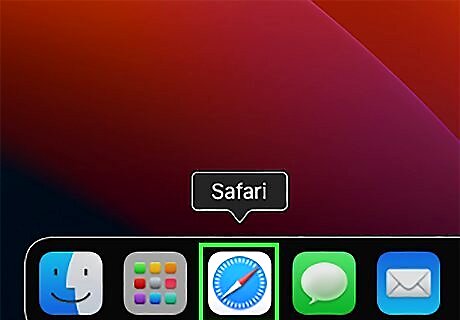
Open your web browser. Open whichever one you discovered the malware on; Chrome, Safari, or Firefox.
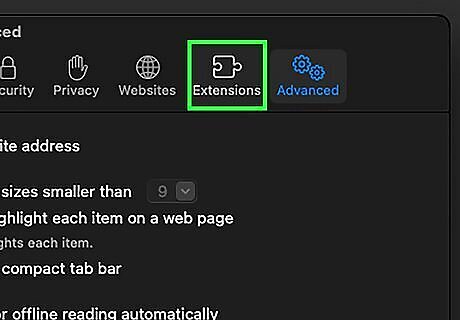
Navigate to your extensions. The steps vary for each web browser: For Chrome, click ⋮ > More tools > Extensions. For Safari, click Safari in the Apple menu, then choose Extensions. For Firefox, press Shift + Ctrl + A or click ☰ > Add-ons.
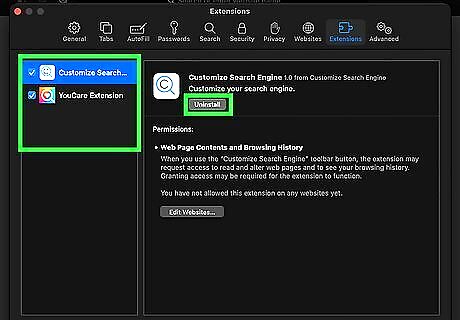
Find the UltraSearch Engine extension and click Remove. Remove any extensions this way that you don't remember installing as well as UltraSearch Engine.
Resetting Your Homepage & Search Engine
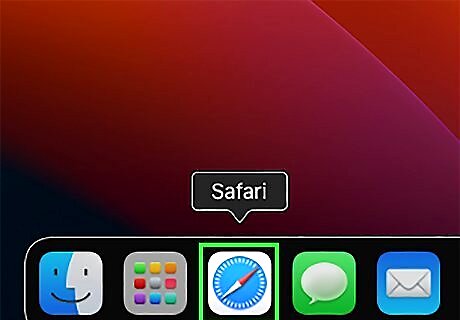
Open your web browser. Now that you've deleted all the files associated with the malicious app, you can reset your browser's settings without the fear of them reverting to the hijacked settings.

Reset your default search engine and home page. These steps are a little different for each web browser: For Chrome, click ⋮ > Settings > Search engine and click the drop-down next to "Search engine" to set your preferred search engine. Then, click On startup and set your preferred Homepage. You'll see this in the panel on the left side of the page. You can opt to start Chrome on a new tab, where you left off, or on a specific page or set of pages. For Safari, go to Preferences > Default Search Engine and select your preferred search engine, like Google. Under "Homepage," make sure you change your preferences and remove UltraSearch Engine settings. For Firefox, go to Preferences and change the "Show your home page" settings under "Startup." Replace the UltraSearch Engine URL, then click Search in the panel on the left. Under "Default Search Engine," choose a search engine and click Remove next to any that you don't want. If you're getting an error that your profile doesn't have administrative privileges to do this, then you need to delete any profiles that UltraSearch Engine may have created. In that case, quit any running applications and open "System Preferences" (click the Apple icon in the menu bar or tap the icon in the Dock). Click Profiles, then look for any suspicious profiles that you didn't create (they can be called UltraSearch Engine or AdminPrefs). Click that profile to select it, then click the - button at the bottom of the panel. With that profile deleted, you'll be able to make any browser changes that you were unable to complete.
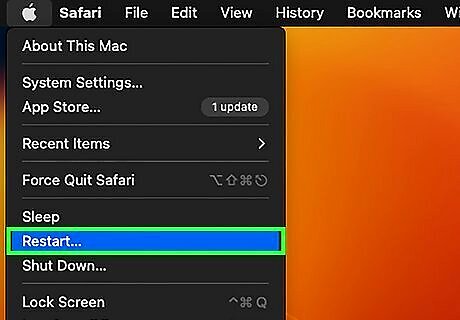
Restart your computer. After you've finished uninstalling everything, you need to restart. Be completely sure you've gotten rid of the malware by running a scan with anti-malware software.














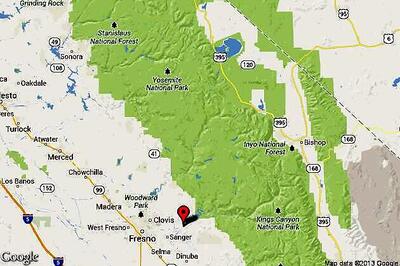





Comments
0 comment